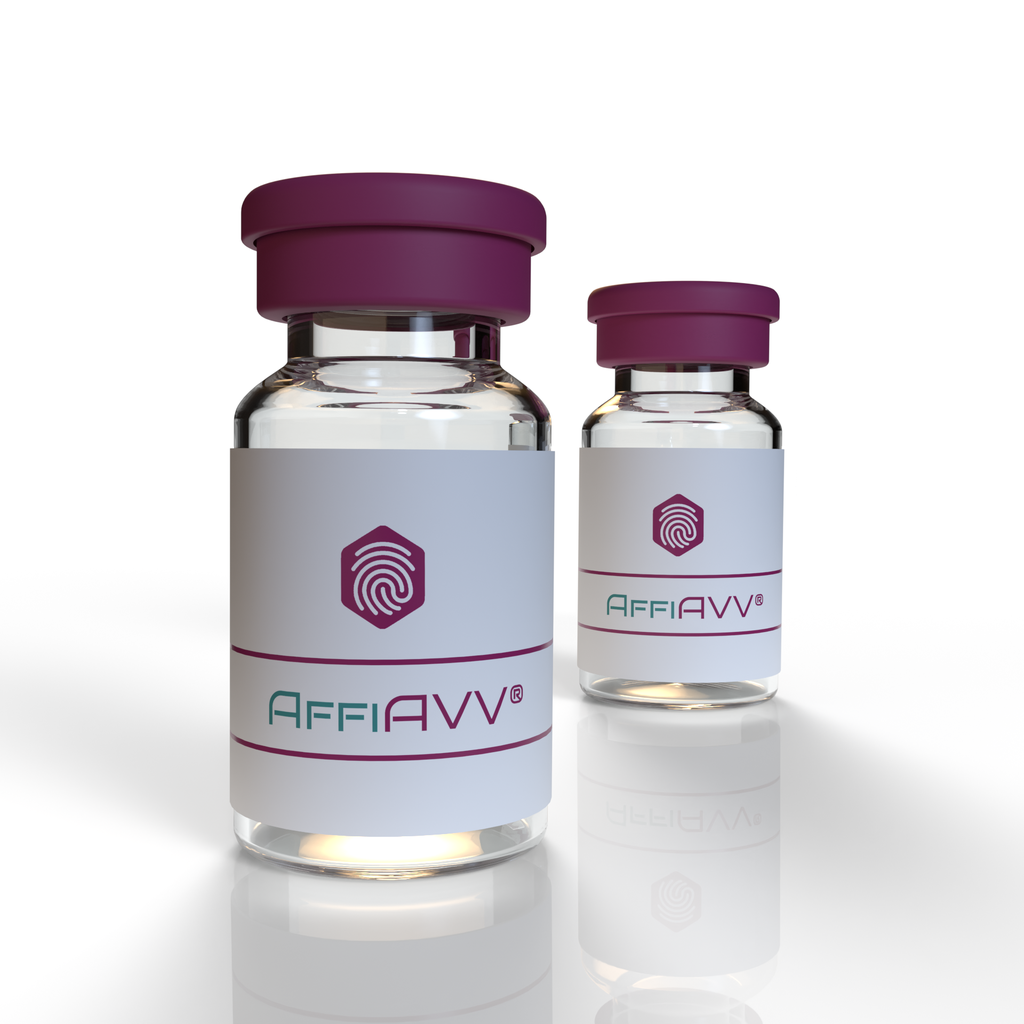Promoter
hSyn.
Cre/Flp Dependent
N/A.
Fluorescent Protein
EGFP.
rAAV-hSyn-Jaws-EGFP-ER2-WPRE-pA
rAAV-hSyn-Jaws-EGFP-ER2-WPRE-pA is a recombinant adeno-associated virus (rAAV) vector designed for targeted gene delivery. Here are the key components and features:
- Human Synapsin I Promoter (hSyn): Drives expression specifically in neurons.
- Jaws Chloride Pump: Provides optogenetic inhibition capability.
- Enhanced Green Fluorescent Protein (EGFP): Fused with Jaws for visualization of expression.
- Estrogen Receptor 2 (ER2): Allows conditional regulation of the transgene expression.
- WPRE (Woodchuck Hepatitis Virus Post-transcriptional Regulatory Element): Enhances transgene expression.
- Polyadenylation Signal (pA): Ensures proper termination of transcription.
Application of rAAV-hSyn-Jaws-EGFP-ER2-WPRE-pA
This rAAV vector is primarily used in neuroscience research for optogenetic inhibition of neuronal activity. The hSyn promoter ensures neuron-specific expression, making it suitable for studies on neural circuits and behavior.
Advantage of rAAV-hSyn-Jaws-EGFP-ER2-WPRE-pA
The combination of Jaws-EGFP-ER2 allows for light-driven inhibition of neurons, with the added advantage of visualizing expression through EGFP fluorescence. The inclusion of WPRE enhances the overall expression levels of the transgene, and the use of the hSyn promoter ensures targeted expression in neurons. This vector is a powerful tool for optogenetic studies, providing precise control over neuronal activity with high specificity and efficiency.
Detailed Applications of rAAV-hSyn-Jaws-EGFP-ER2-WPRE-pA
Optogenetic Inhibition:
- Enables precise control over neuronal inhibition using red light.
- Suitable for studying the role of specific neurons in various brain functions and behaviors.
Neural Circuit Mapping:
- Helps in tracing and understanding neural circuits by selectively inhibiting neurons.
- Combined with other techniques, it can reveal functional connectivity in the brain.
Behavioral Studies:
- Facilitates the study of how specific neurons and circuits influence behavior.
- Can be used to investigate the neural basis of various behavioral phenomena and neurological disorders.
Fluorescent Imaging:
- EGFP allows for visualization of infected neurons under a fluorescence microscope.
- Aids in verifying transduction efficiency and expression patterns.
Gene Regulation Studies:
- The ER2 component can be used for conditional regulation of the transgene expression using estrogen or tamoxifen, providing temporal control over the inhibition.
Disease Models:
- Can be used to model neurological diseases where aberrant neuronal activity plays a role.
- Useful in preclinical research for developing therapeutic strategies targeting specific neuronal populations.
